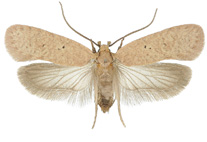Abstract
A new polydorin species, Polydora lingshuiensis sp. n., which is found not only in burrows of pearl oyster shells (shell-boring type) but also in mudtubes on the surface of pearl oyster cages (tube-dwelling type), is described with the use of light microscopy, scanning electron microscopy, and molecular phylogeny. Morphological and molecular distinctions between P. lingshuiensis and other related species reveal that P. lingshuiensis is a valid new species. The reproduction characteristic that the eggs of P. lingshuiensis are gathered together in one hollow cylinder is another piece of evidence confirming that it is indeed a valid new species. Sequence comparisons based on nuclear 18S rDNA, 28S rDNA, and mitochondrial 16S rDNA show that strains of the shell-boring type possess as high as 99.9% to 100% sequence identity relative to those of the tube-dwelling type. This finding evidently indicates that these species types are conspecific. We also find that a comparison of mitochondrial 16S rDNA sequences can provide a higher resolution of polydorin species than those of the nuclear 18S rDNA because the former has a higher interspecific/intraspecific difference ratio. Phylogenetic analyses based on 18S rDNA sequences indicate that all P. lingshuiensis samples group together to forming a sister clade to Polydora uncinata and thus fall within Polydora aura/P. uncinata clade.

